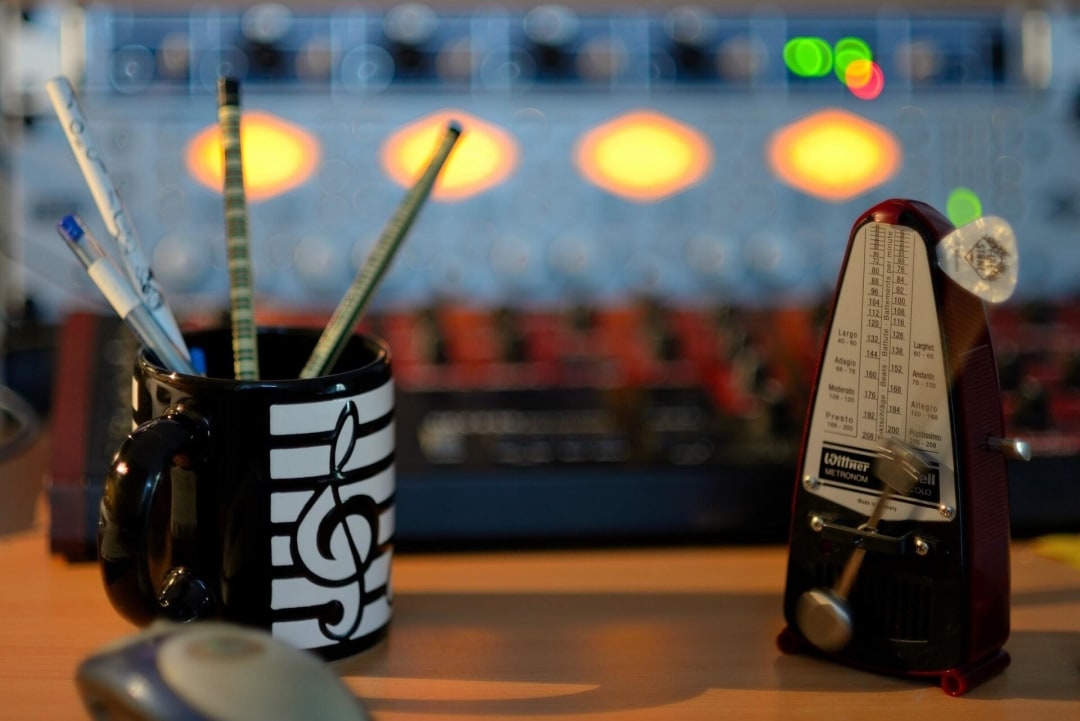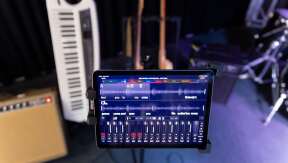Keeping time is one of the most important qualities a good musician can master, especially if you’re playing in a band, where listening to your fellow musicians can really make a difference in your performance.
But what if getting the perfect tempo isn’t exactly your piece of cake?
No need to worry: you can train your ear's sense of timing accuracy thanks to a metronome.
The word “metronome” comes from ancient Greek, and it literally means “measure regulating”. This fantastic device works by producing an audible click (or another sound effect) at regular intervals, typically measured in beats per minute (BPM). The said interval can be set to precisely practice your instrument at the correct tempo.
History of a useful music device

The metronome as we know it today was brought into the world by German inventor Johann Maelzel, who patented it in 1815 with the title "Instrument/Machine for the Improvement of all Musical Performance, called Metronome or musical time-keeper".
But the mechanical technology behind the modern metronome had already been explored earlier in history. Galileo Galilei himself, in the late 16th and early 17th centuries, had discovered concepts involving the pendulum, followed in 1696 by musical theorist Etienne Loulié, who made the very first mechanical metronome, which sadly produced no sound yet.
Guess who was the first known composer to indicate specific metronome markings in his music scores? The one and only Ludwig van Beethoven as early as 1815, the very same year Maelzel patented the device.
The metronome today: which type suits you best?
Mechanical metronomes
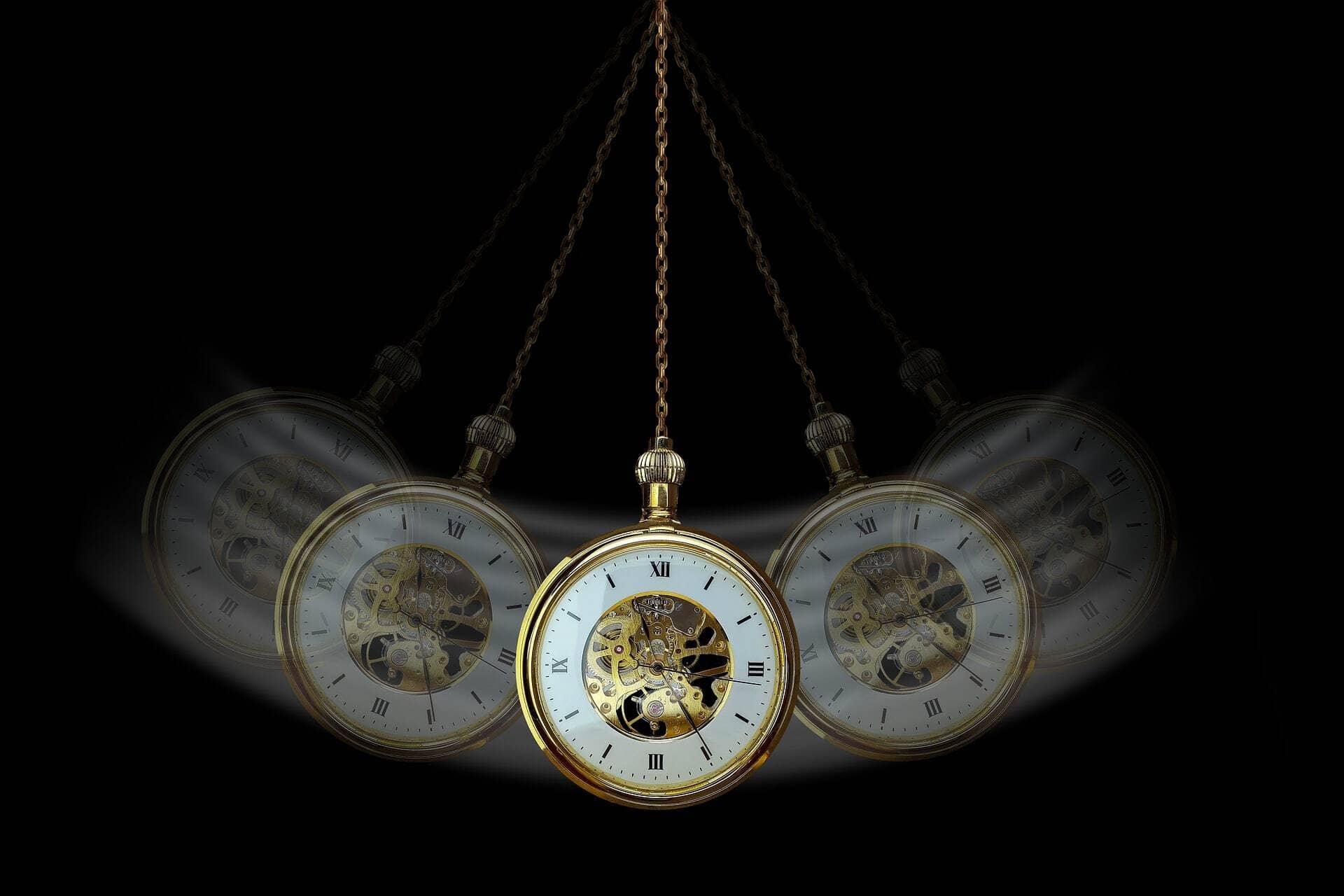
The most common choice when picking a metronome is to go for a mechanical one. A mechanical metronome works by using an adjustable weight on the end of an inverted pendulum rod: the weight slides up the pendulum rod to decrease tempo, and down to increase it. At each oscillation, a clicking sound is produced from inside the device to help the musician keep the correct tempo.
One of the best perks of the mechanical metronome? No batteries or charging is required!
Electronic and electromechanical metronomes
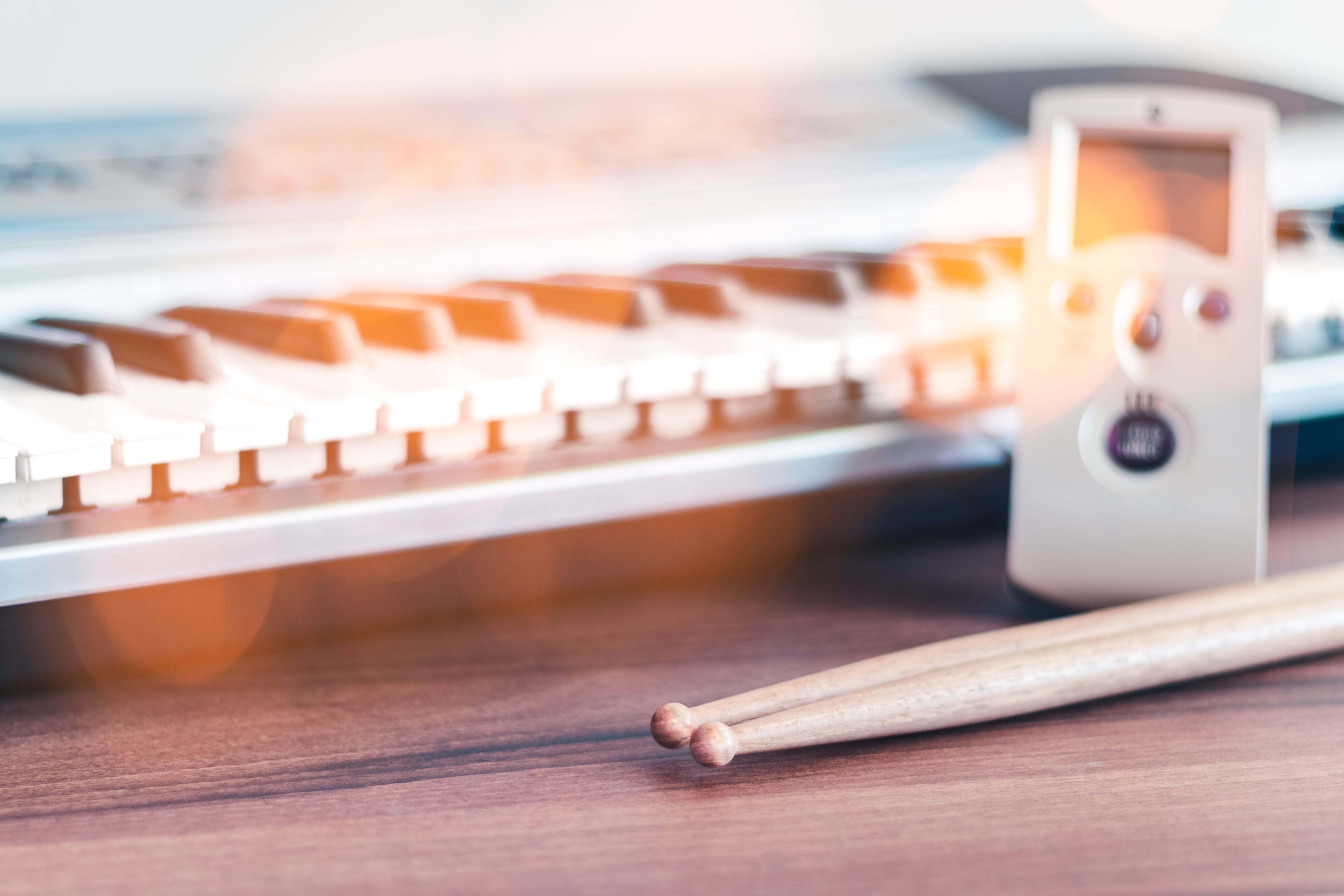
The vast majority of modern metronomes are electronic and use a quartz crystal as a source of power. The most sophisticated ones also produce tuning notes to demarcate downbeats from other beats.
But what’s the difference between electronic and electromechanical metronomes?
Invented by Franz Frederick, the electromechanical metronome doesn’t get its power from a clockwork or a quartz crystal, but from an electric motor instead. Most electromechanical metronomes use a mechanical variable-speed drive combined with a momentary switch and a cam wheel to time the beats.
Digital metronomes

For technology enthusiasts, the best type of metronome you can get is a software metronome, which can run as a standalone application on computers and smartphones or be part of music sequencing and production software packages.
The metronome function is so useful to musicians that most apps nowadays offer it to their users. On Jamzone, for instance, the metronome track is always the first track in the mixer. It serves as a pre-count (indicating when to start playing the song intro) and a click-track playing metronome sound indicating the current tempo.
There are a few things you can do with Jamzone’s metronome:
- precisely control the metronome click sound using the fader, or mute it completely (with the [M] button).
- increase or decrease the song tempo.
- activate or deactivate the pre-count click sound.
If you’re in a band, especially if you’re a drummer, you should definitely check out Jamzone’s Stage Mix Click Track Pan feature. Built for live stage performances, it allows you to send the metronome click track only to your ear monitors so that you can stay on beat across your entire show while your audience can't hear it.
Why should you use a metronome click track during your practice?
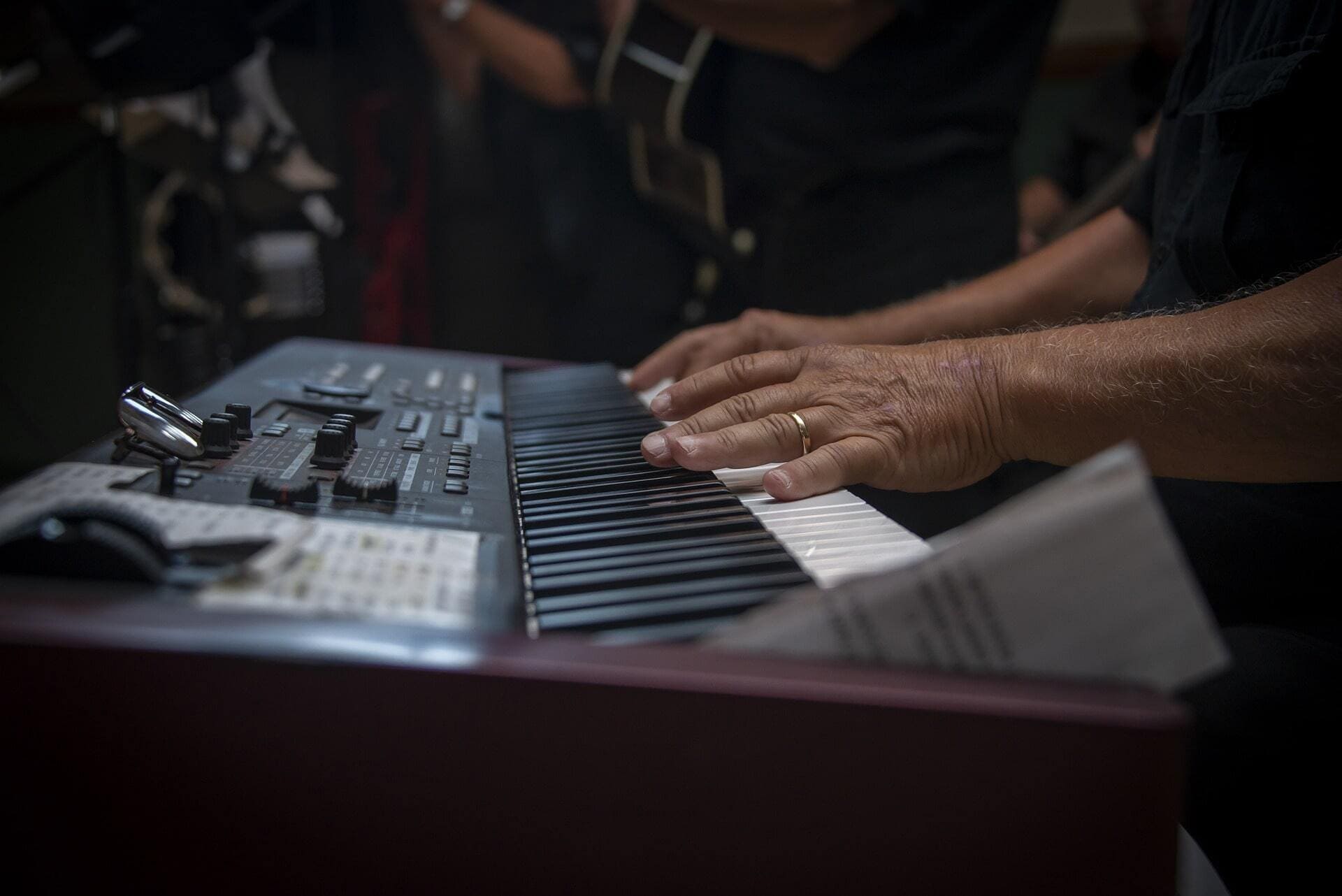
Some critics argue that using a metronome during a performance could interfere with artistic expression, at the expense of instinctive playing and rhythmical energy.
This could be true, indeed, but if we’re specifically talking about rehearsing, there are many indications that using a metronome can help you develop a higher level of awareness of natural rhythm, other than encouraging your precision of timing and your ear sensitivity to musical time.
You can then talk to your fellow musicians and decide whether or not to use a metronome click track while playing live on stage, but in the meantime, you can train your ear to the best by using it in your practice.
The results will not disappoint you!
